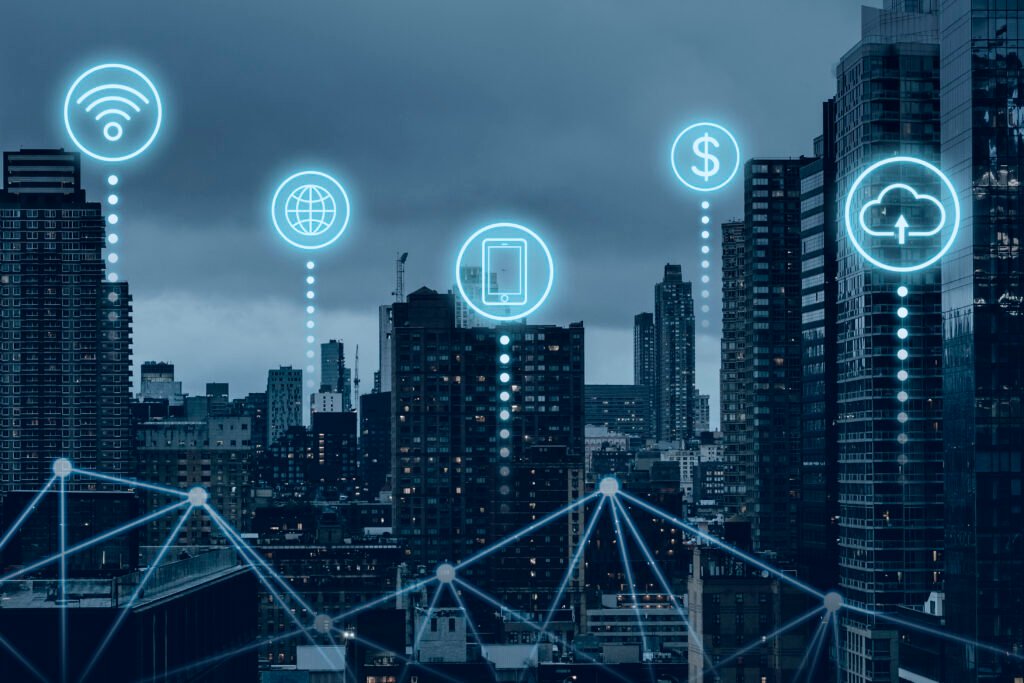
Cybersecurity & Privacy

Cloud Computing & SaaS

HealthTech

Mobile & Web Apps

E-commerce Tech

FinTech (Financial Technology)
Technology in 2025: Innovation With Purpose, Not Just Progress
Technology in 2025 should empower, connect, and improve lives—not just impress. Discover how tech should evolve to serve humanity, solve real problems, and build a better future.
Introduction: Technology Must Serve, Not Overwhelm
Technology has advanced faster in the last two decades than ever before in human history. We now have AI writing books, cars that drive themselves, and phones that recognize our faces. But with all this progress, one question matters most:
Are we building technology that makes life better—or just more complicated?
In 2025, the challenge isn’t inventing the next big thing. It’s using innovation with intention—creating tools that empower people, solve real problems, and contribute to a healthier, more balanced world.
What Technology Should Be in Today’s World
The future of tech shouldn’t just be about speed, automation, or profit. It should be about purpose. Here’s what technology needs to focus on now and in the future:
1. Human-Centered Innovation
Technology should adapt to human needs—not the other way around. From user interfaces to smart home devices, the goal must be simplicity, accessibility, and usability.
Key principles:
- Design for inclusivity (regardless of age, ability, or background)
- Prioritize safety and ethical use
- Make products intuitive and easy to learn
🡺 Explore our guide: Designing Technology for Real People
2. Bridging, Not Widening, the Digital Divide
Despite advancements, millions still lack access to reliable internet, digital tools, or tech literacy. True innovation must bring people together—not leave anyone behind.
Focus areas:
- Affordable internet access in underserved areas
- Public access to digital education and skills training
- Devices that are built for all income levels
🡺 Read more: How to Close the Digital Divide in a Connected World
3. Sustainability in Every Step
Technology must align with the planet—not work against it. This means cleaner energy use, longer-lasting devices, and smarter infrastructure.
Sustainable technology practices:
- Green data centers and cloud computing
- Eco-friendly manufacturing processes
- Emphasis on repairability and recycling
🡺 Discover: The Role of Green Tech in 2025
4. Stronger Data Privacy and Digital Ethics
As our lives move online, our personal data becomes more vulnerable. In 2025, protecting user privacy is not a luxury—it’s a right.
Ethical tech values:
- Transparency in data usage
- User control over information
- Clear policies for AI and algorithm accountability
🡺 Learn more: Digital Ethics and Data Privacy Best Practices
5. Tech That Empowers, Not Replaces
Artificial intelligence and automation are powerful—but they should support human potential, not eliminate it. The best technology enhances creativity, productivity, and collaboration.
How to achieve balance:
- Use AI to automate repetitive tasks, not creative thinking
- Build tools that encourage learning and innovation
- Keep humans in the loop for complex decisions
🡺 Check out: How AI Can Co-Create With Humans
Real-World Applications of Purpose-Driven Technology
Purposeful tech can be seen in every industry when done right:
- Healthcare: AI-powered diagnostics and wearable devices that improve patient care
- Education: VR and gamification making learning more immersive and inclusive
- Agriculture: Smart farming using sensors and data to conserve resources
- Finance: Fintech apps helping underserved communities manage and grow wealth
This is what happens when innovation meets intention.
Final Thoughts: Let’s Build Technology That Matters
The future of technology isn’t just about what’s possible—it’s about what’s meaningful. We must shift from tech for attention to tech for impact. From convenience to conscience. From faster to smarter.
In 2025 and beyond, technology should help us be more human, not less. It should uplift lives, unlock opportunities, and support the world we all want to live in.
Because the most powerful innovation isn’t in the machine—it’s in how we choose to use it.
